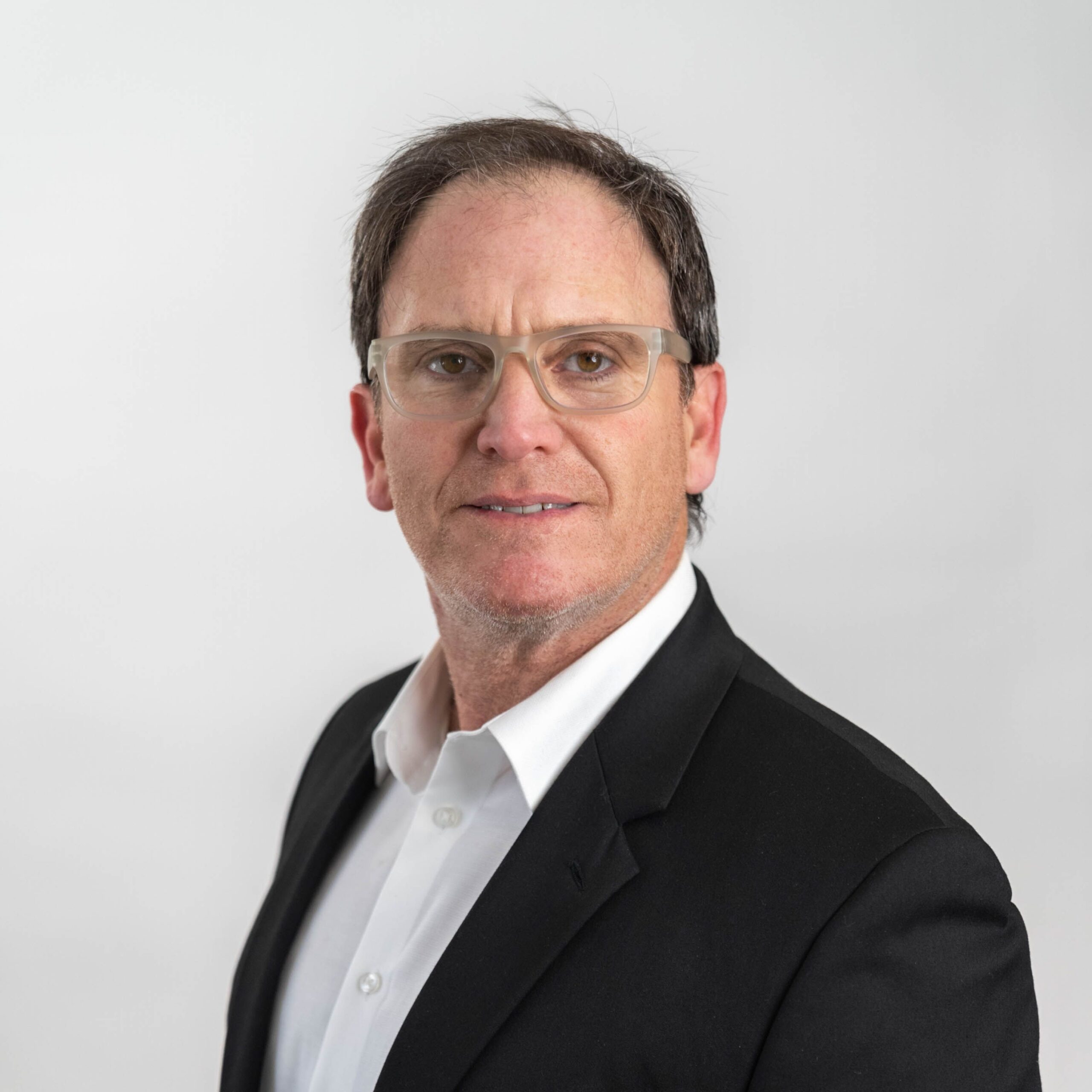The simplest answer is: it depends very much on the individual and circumstances.
Let’s clarify first what we mean by “addiction”. There are different views in the addiction field on whether addiction is a disease or not, but we take the view that it can be considered both a complex brain disorder and a mental illness with bio-psycho-socio-spiritual aspects. This is contrary to the often-held view in the public that addiction is a sign of weakness, moral failing or a character flaw. In fact addiction affects nearly 10% of the US population.
One widely held view is that of the American Society of Addiction Medicine which defines addiction as “a primary, chronic disease of brain reward, motivation, memory and related circuitry. This is reflected in an individual pathologically pursuing reward and/or relief by substance use and other behaviors.” [1]
The Relationship Between Habits and Addictions
The Difference Between Habits and Addictions
We all have habits, certain behaviors that gradually become automatic in our brains through repetition, like looking both ways at an intersection or how we make our morning coffee. We all may have some “bad” habits but most of us can choose to alter or stop them.
Habits allow us to consign executive control in the brain to a system that uses few resources, freeing up this limited capacity for tasks that need greater monitoring.
Addictions develop as a goal-directed habit in the pursuit of drugs, but then the addict loses control as the brain’s reward centers become hijacked by the drug’s effects. The addicted person then continues using as they are compulsively driven to habitually seek the goal of the “high”. And this despite significant adverse consequences such as physical illness, family stress or financial problems.
Brain-based Insights on Habits and Addiction
Scientists suggest that habit formation is more choice-based, while addictive behaviors can be more neurologically and biologically based. But habit formation and substance use are often intertwined. Both habits and addictions form neural pathways in the brain, making them automatic and sometimes challenging to break.
With habitual drug seeking, drug exposure appears both to increase the rate at which a habit is acquired as well as decrease the influence of drug-associated contexts and cues on performance. A key feature of habitual drug seeking is the addicts’ loss of executive brain functioning (monitoring and control) or behavioral control over the habit; drug-seeking continues despite severe negative consequences.
So the compulsive pursuit of drugs can be viewed as the product of two interacting processes:
- A drug-induced increase in the acquisition of habitual drug-seeking and
- A drug-induced decrease in the addict’s ability to exert control over the habit in the face of persistent, sometimes extreme negative feedback. [2]
The behavior of drug addicts is not limited to drug seeking. It affects their overall decision-making and behavioral control. Likely their pursuit of drugs reflects changes in the larger neural systems involved in acquiring and performing goal-directed and habitual actions. [2]
From Habit to Addiction
One common scenario of how a habit can become an addiction is someone’s use of painkillers as a way to unwind on the weekend, escalating to a daily necessity, blurring the line between casual use and addiction.
Or in another case, initially just for social events, someone’s recreational use of cocaine grows into a relentless need that consumed their thoughts and deteriorated their health and relationships
In these cases there is a shift from motivated goal-directed behavior toward more automatic and habitual behavior over the course of long-term drug abuse [3]
In early stages of addiction, or even before the outward signs of addiction have become apparent, substance use can be an attempt to pursue relief from feeling unease. In later stages addictive behaviors can persist even though the behavior no longer provides relief.
There are multiple components to addiction. It is not necessarily the amount of exposure to the reward (e.g., the dosage of a drug) or the frequency or duration of the exposure that is pathological. In addiction, pursuit of rewards persists, despite life problems that accumulate due to addictive behaviors, even when engagement in the behaviors ceases to be pleasurable [2]
Those with addiction compulsively use even though it may not make them feel good, in some cases long after the pursuit of “rewards” is not actually pleasurable. Addiction is not solely a function of choice.

Steps of Recovery
Recovery from addiction is a journey that varies with the individual. It is best achieved through a combination of self management, mutual support, and professional care provided by trained and certified professionals. Most recovery processes involve a program like the following:
- Acknowledgment of the Problem: The person needs to recognize they have a problem with addiction, usually with the help of family or friends. Then make a commitment to deal with it.
- Professional Assessment: Doctors and addictions counselors assess the person to understand the addiction and any underlying mental health conditions.
- Detoxification: Under medical supervision, participate in a detoxification process to safely withdraw from the substance, manage withdrawal symptoms and stabilize physically.
- Treatment Plan: An addictions counselor develops a tailored treatment plan, involving medication, therapy and support groups.
- Rehabilitation: Typically some form of structured treatment program. This may involve therapy sessions, residential treatment and outpatient programs, to develop new behavioral patterns and approaches to coping drug-free.
- Build a Support Network: A robust support network, including family, friends, and peer support groups like Alcoholics Anonymous or Narcotics Anonymous is essential, particularly after initial treatment.
- Relapse Prevention: Learn strategies to manage triggers and prevent relapse, which is an ongoing process and a normal part of recovery.
- Ongoing Care: Continued with therapy and support groups to maintain sobriety and manage challenges.
- Personal Development: Emphasis on personal growth activities that reinforce self-esteem and promote a healthier lifestyle.
- Review and Adapt Treatment Plans: Ongoing review of the treatment and recovery plan to fit changing needs or circumstances.
How Long Does it Take to Break an Addiction?
The time required to break an addiction varies widely among individuals and types of addiction. This may vary from 30-90 days depending on circumstances. Typically 60 days.
There are many factors that can affect the length of withdrawal. These can include:
- Substance of abuse
- Duration of use
- Route of administration (snorting, smoking, injecting etc.)
- The severity of the addiction
- Family history of addiction
- Level of willingness to change
- Current level of family/social support
- Presence of co-occurring medical or psychiatric conditions
- Risk of developing severe withdrawal symptoms
- History of previous relapses
- History of previous withdrawals
How Does Detox/Rehab Help to Break an Addiction?
At The Encino Recovery and Detox Center our relational model of care was designed to re-introduce men and women, to themselves, in a more loving way. Free from the negative effects of addiction and addictive behaviors that have led to unwanted consequences and loss.
The structure of our recovery program is unique in that it meets the complex challenges that people in early recovery traditionally face. Our model was designed with our client’s sobriety and wellness in mind and together; we form therapeutic relationships that are secure, safe and honest.
The therapeutic relationships at The Encino Recovery and Detox Center will promote ideas, creativity, connection, and long-term sobriety. These valuable relationships will help you or your loved ones find freedom from the long-term isolating effects of addiction.
Our Alumni Program provides ongoing support post-rehab to prevent relapse and maintain recovery.
The Encino Solution
We see addiction as a chronic relapsing disorder characterized by compulsive drug seeking, continued use despite harmful consequences, and long-lasting changes in the brain. It is considered both a complex brain disorder and a mental illness. Our staff of highly trained compassionate counselors can help you through all stages of your recovery. Just reach out to our Admissions team.
Sources
[1] American Society of Addiction Medicine. 2011. Public Policy Statement: Definition of Addiction.
[2] Ostlund S. et al. 2008. On habits and addiction: An associative analysis of compulsive drug seeking. Drug Discov Today Dis Models. 2008 Winter; 5(4): 235–245. doi: 10.1016/j.ddmod.2009.07.004
[3] Sjoerds Z. et al. 2014. The Role of Habits and Motivation in Human Drug Addiction: A Reflection.Front Psychiatry. 2014; 5: 8. Published online 2014 Jan 29. doi: 10.3389/fpsyt.2014.00008


















